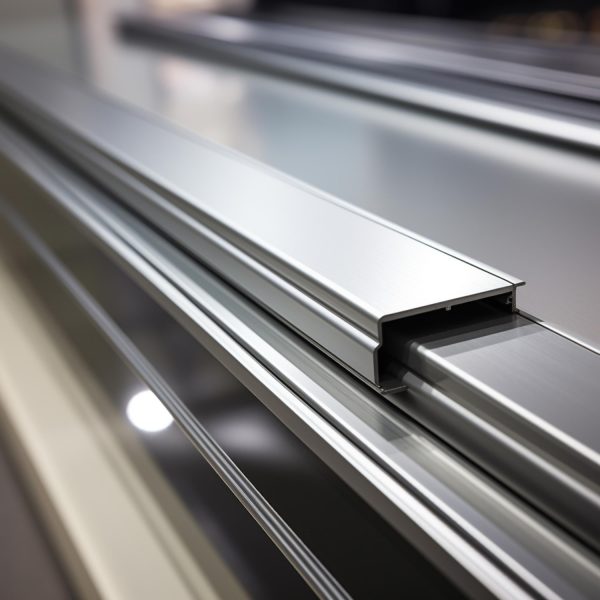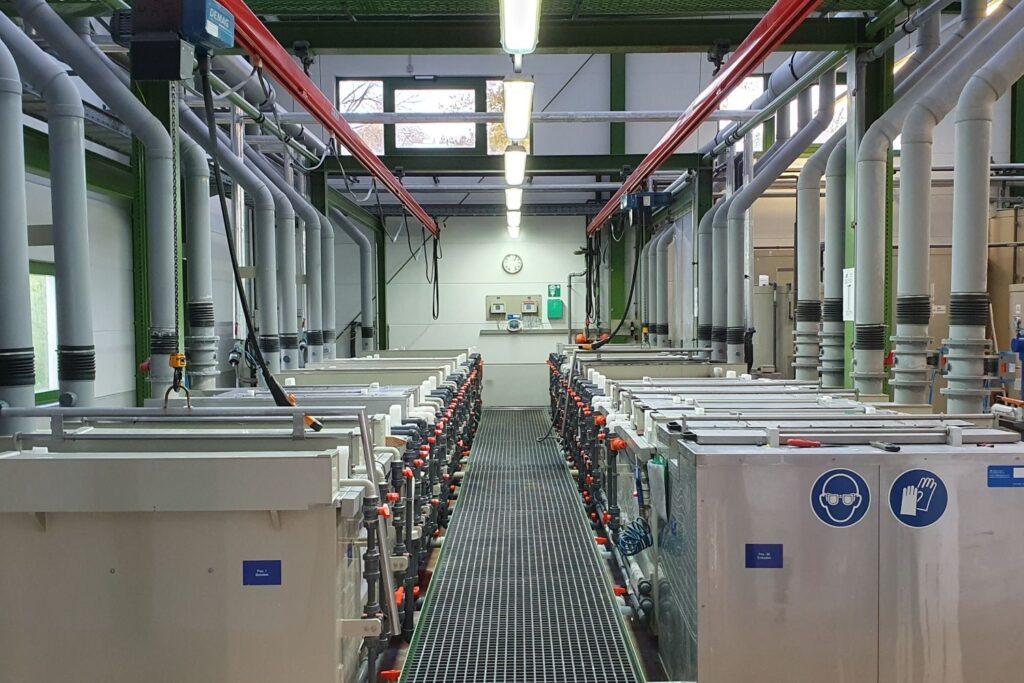Eloxieren
Hochwertige Oberflächenveredelung für Aluminium – Funktional und dekorativ
Als spezialisierter Betriebsteil für Oberflächenveredelung mit dem Schwerpunkt Eloxieren bieten wir professionelle Lösungen für funktionale und dekorative Anforderungen.
Unsere Eloxier-Kompetenz im Überblick
- Anodisation (Gleichstrom/Schwefelsäure-Verfahren – GS-Anodisation)
- Schichtstärken nach Kundenanforderung wählbar
- Hochmoderne Gleichrichteranlage für präzise Schichtdickensteuerung
- Warenfenster (max. Werkstückgröße): 800 × 300 × 500 mm (L × B × H)
-
Färbung in natur, schwarz und blau


Zusätzliche Features & Services
- Individuelle Beratung: Unterstützung bei Auswahl der Legierung für optimale Eloxierergebnisse.
- Qualitätskontrolle: Durchgängige Prüfung der Schichtdicke
- Umweltfreundliche Prozesse: Einsatz moderner, energieeffizienter Anlagentechnik inklusive Abwassertechnik.
Sie haben Fragen oder möchten ein Projekt mit uns umsetzen?
Ob erste Beratung, technische Rückfragen oder konkrete Anfragen – wir sind für Sie da. Unser Team unterstützt Sie kompetent und zuverlässig bei allen Anliegen rund um das Eloxieren und die Oberflächenveredelung von Aluminium.
Kontaktieren Sie uns telefonisch, per E-Mail oder über unser Kontaktformular – wir freuen uns auf Ihre Nachricht!
